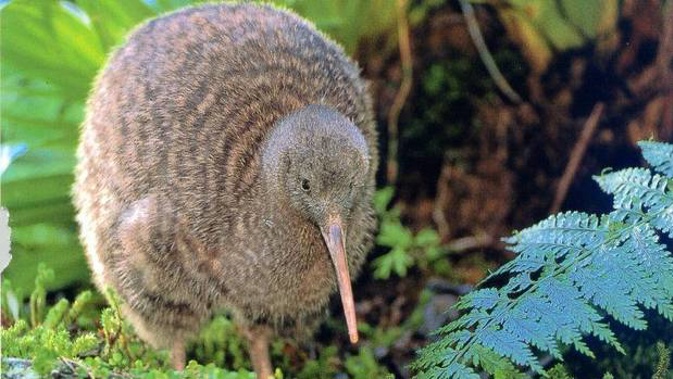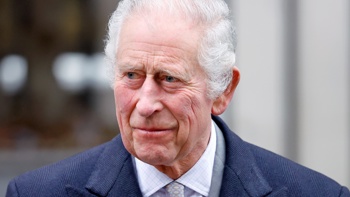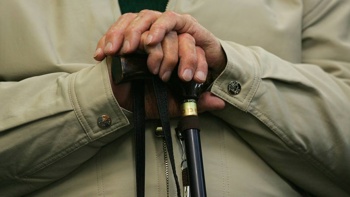
An "ambitious" project to bring kiwi back to Wellington's back yard is kicking off today with the laying of the first of thousands of predator traps.
Capital Kiwi plans to lay 4400 traps for predators such as stoats, weasels and ferrets from Porirua south, in a bid to make the landscape safer for New Zealand's national bird.
"Capital Kiwi's mission is to bring our national icon back to the people, back home to Wellington's back yard," said project lead Paul Ward.
He said laying the traps was the biggest step they could take to make it possible for kiwi to "live alongside us".
In the wild, 4-5 per cent of kiwi chicks do not survive until adulthood, while in controlled areas upwards of 20 per cent do, he said.
Chicks are most vulnerable between the point of hatching, and when they reach "fighting weight" of about 1kg.
The eggs are large enough that predators have trouble fitting their mouths around them, and once kiwi are large enough they are better equipped to fight off predators, but the time in between is when they are most in danger.
Capital Kiwi's five-year plan is made possible by the co-operation of private landowners, Ward said.
"The thing that is really inspiring and lets us know that we can do this is that it's been down elsewhere in the country."
In Whakatane where a similar project has been rolled out, a population of fewer than 10 kiwi has shot up to more than 300, he said.
"That was just through control and the community getting on board as kaitiaki of those birds.
"It's a highly ambitious project but it's also achievable. We're at the start line now and we just have to go out there and catch a heap of stoats."
The project covers 23,000ha of public and private land in the lower North Island.
The first trap is being set this morning at a formal launch ceremony at Terawhiti Station.
Take your Radio, Podcasts and Music with you









